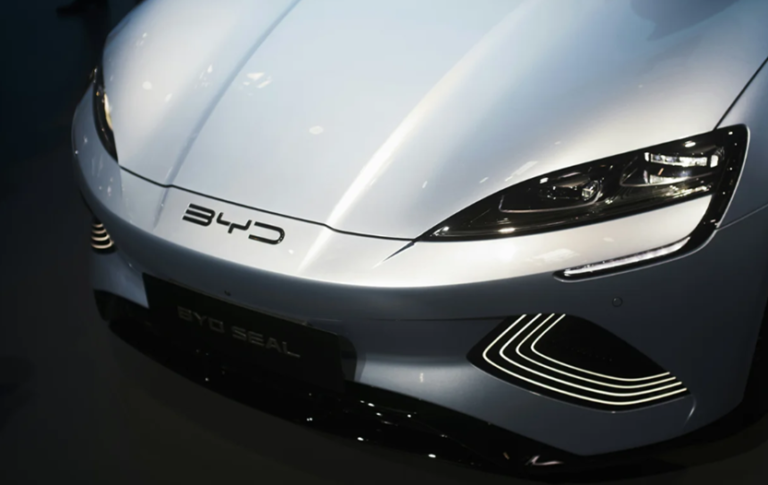In a landmark move to combat climate change and enhance energy security, the UK and Denmark have initiated a groundbreaking joint venture known as the Viking Link project. This endeavor aims to transport sufficient electricity to power up to 2.5 million UK homes and yield substantial savings in home energy costs.
The Viking Link cable route, which stretches from the UK to Denmark, marks a significant milestone in European connectivity. With a capacity of 1.4 GW and a commitment to supply electricity to 2.5 million UK households, this project holds immense promise for both countries.
As the world’s largest underwater cable of high commission capacity, the Viking Link subsea cable is expected to save the UK £500 million within its first decade of operation. The cable route, spanning from the east coast of Lincolnshire in the UK to the west coast of Jutland in Denmark, is a testament to technological innovation and cross-border cooperation.
Siemens Energy, renowned for its expertise in the energy sector, has played a pivotal role in designing and installing the electric assets on both ends of the cable. While the initial capacity will be 800MW, plans are underway to increase it to 1.4 GW over time, marking a significant step towards revolutionizing the energy sector in both countries.
The project’s environmental impact is equally noteworthy, with projections suggesting that by 2030, the interconnector will help the UK avoid approximately 100 million tons of carbon emissions. Additionally, almost 90% of the imported energy will be sourced from zero-carbon sources, contributing significantly to climate change mitigation efforts.
The benefits for the UK are multifaceted, encompassing enhanced energy security, reduced carbon emissions, and access to clean energy from Denmark’s renewable sources. By bolstering the UK’s electricity landscape and fostering cross-border collaborations, the Viking Link project promises to deliver substantial advantages to consumers while addressing global climate challenges.
For Denmark, the project provides a crucial avenue for exporting excess wind energy, further solidifying its position as a leader in sustainable energy practices. The incorporation of advanced technology such as High Voltage Direct Current (HVDC) transmission and robust control systems underscores the project’s commitment to cutting-edge engineering solutions.
In the broader European context, the Viking Link project aligns with the EU’s ambitious electricity connection targets, aiming for 15% connectivity by 2023. This endeavor signifies a significant step towards achieving a more interconnected and sustainable energy network across the continent.
In summary, the UK and Denmark’s collaboration on the Viking Link project represents a transformative leap towards a greener, more interconnected energy future. By leveraging technological innovation and cross-border partnerships, this initiative stands as a beacon of hope in the global fight against climate change.
(Source: Osama Rizvi | EuroNews)









